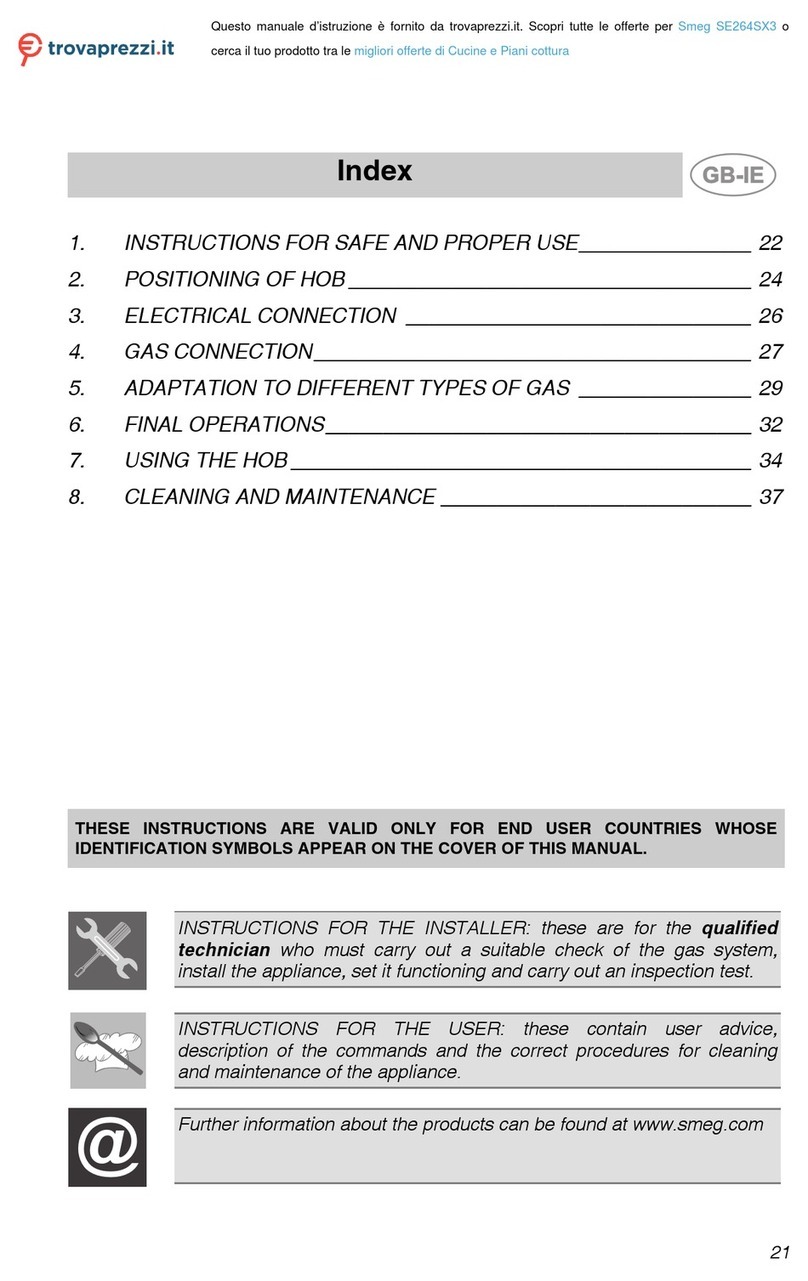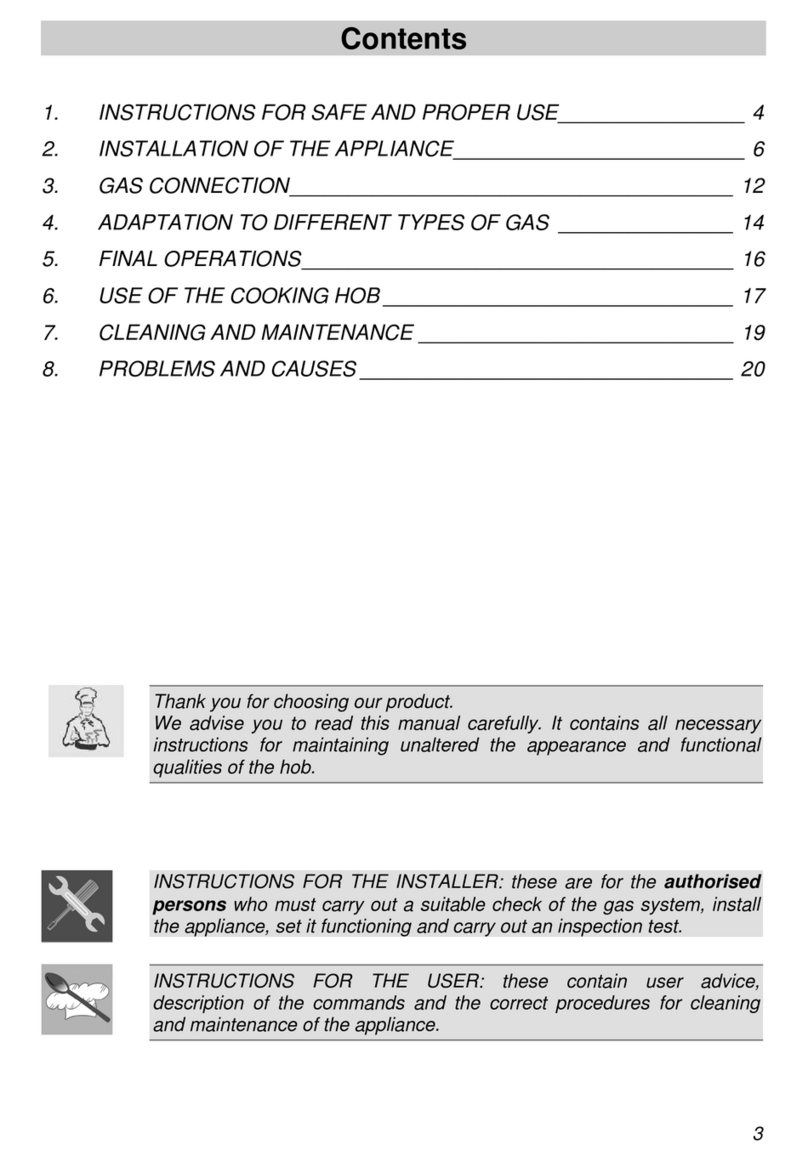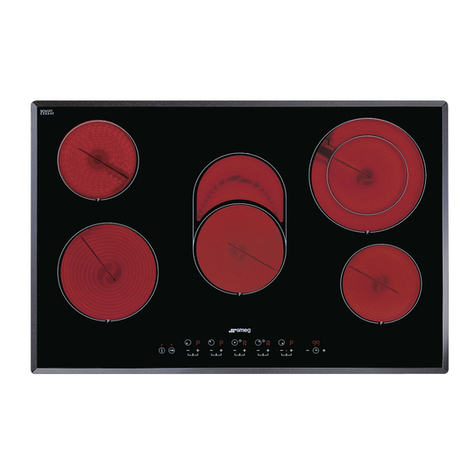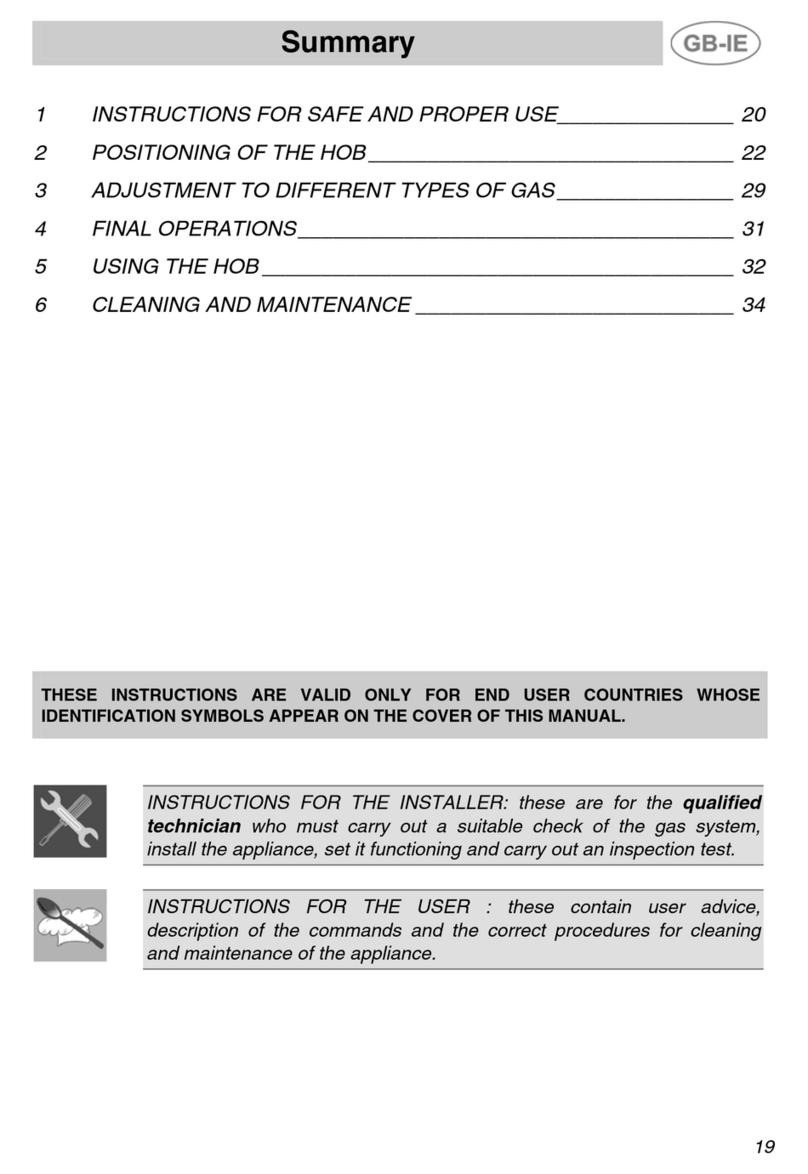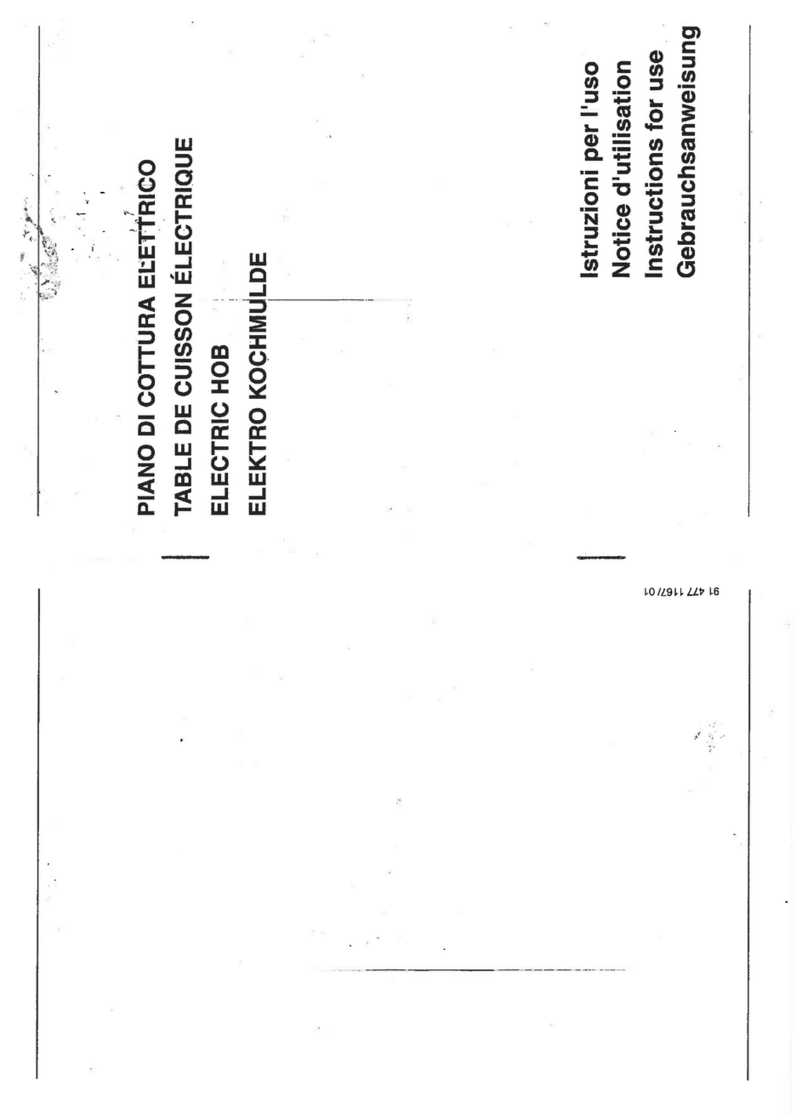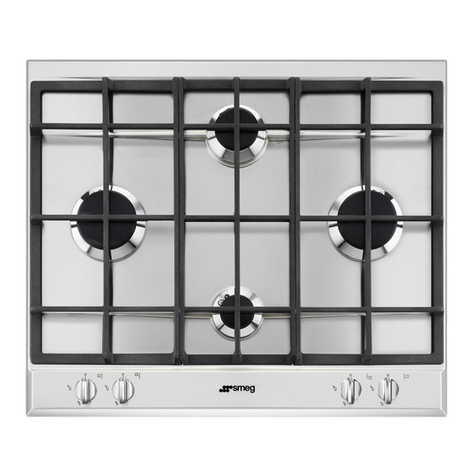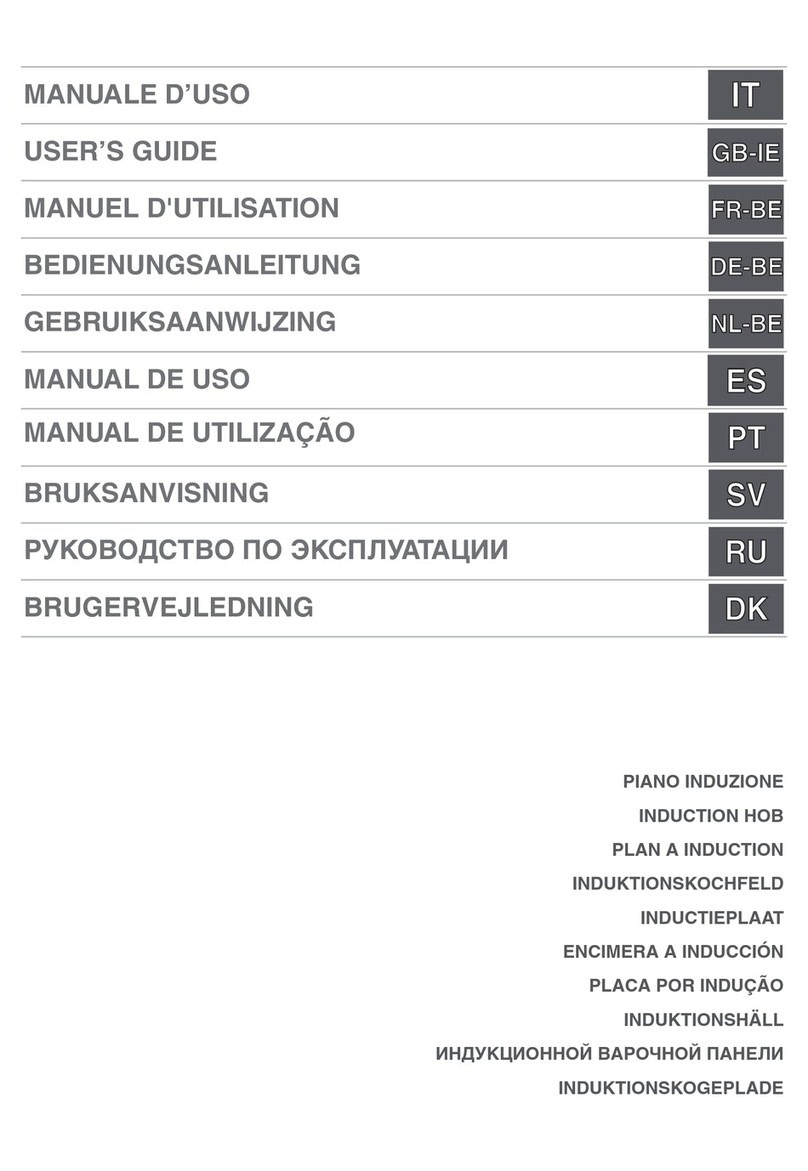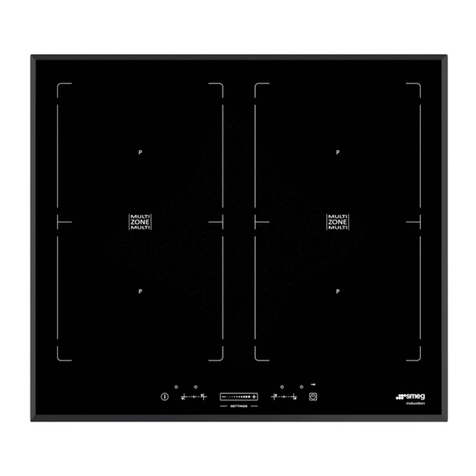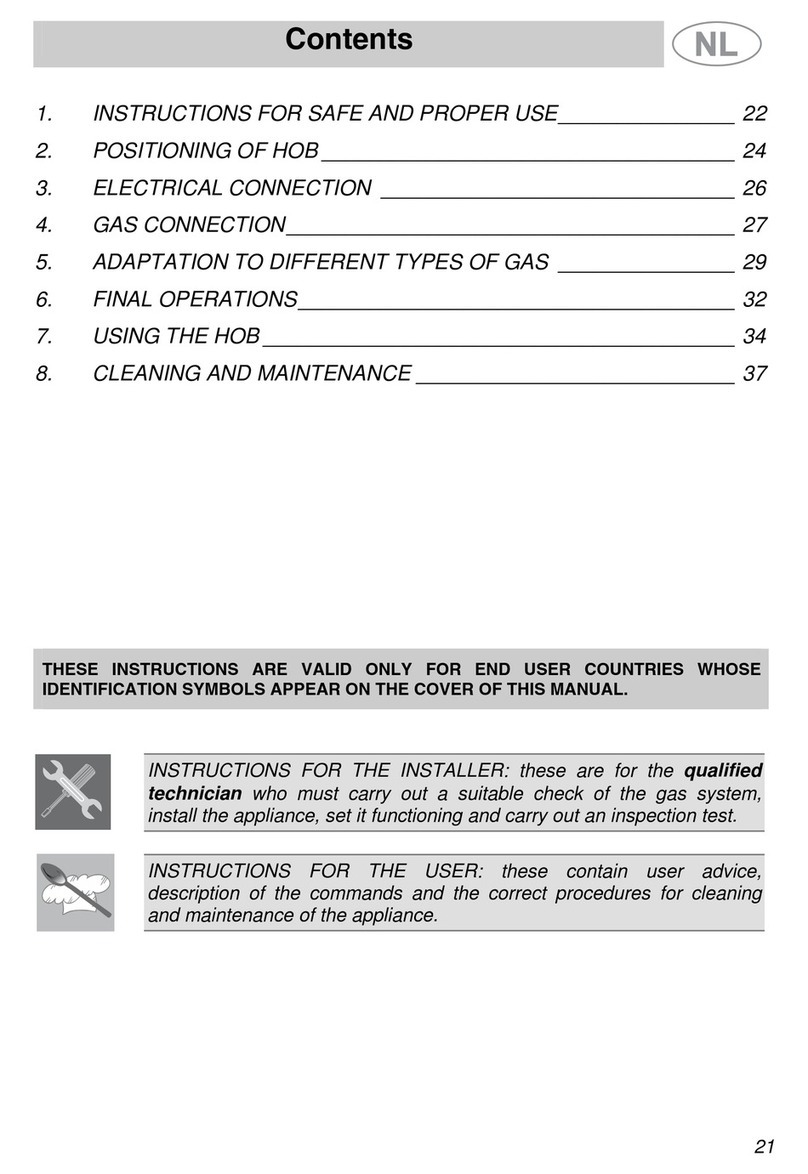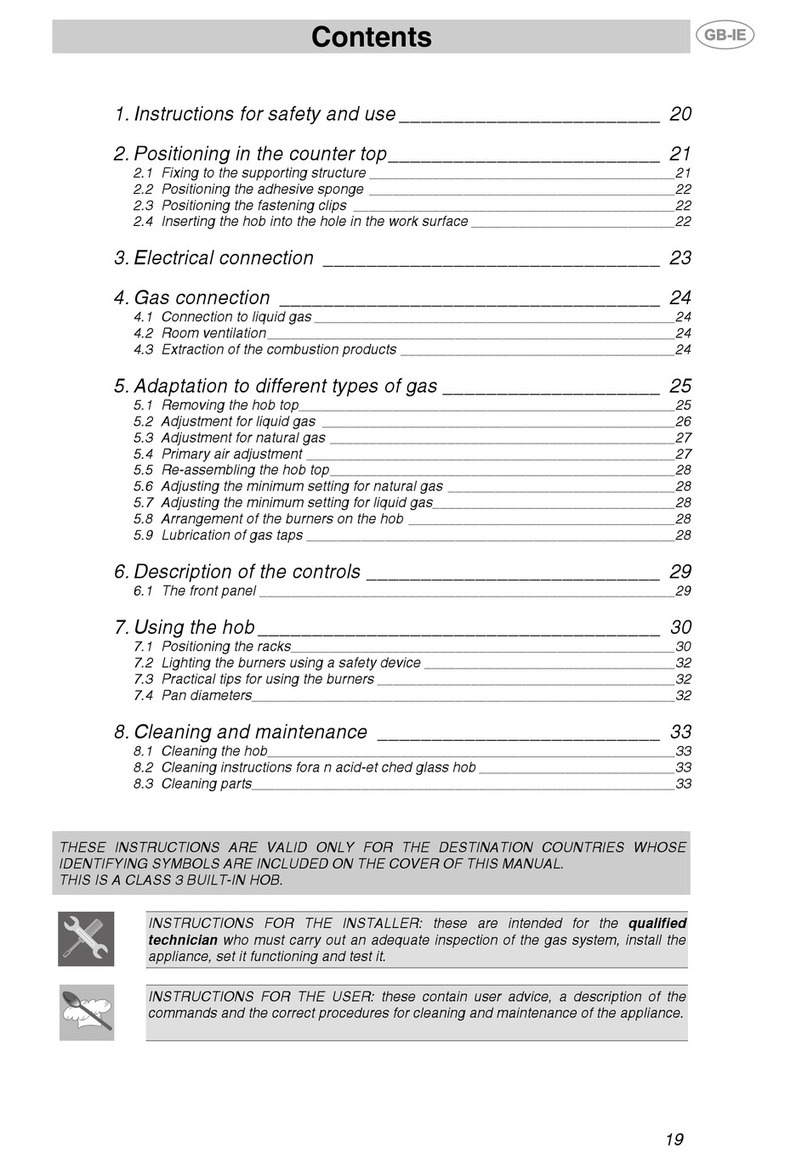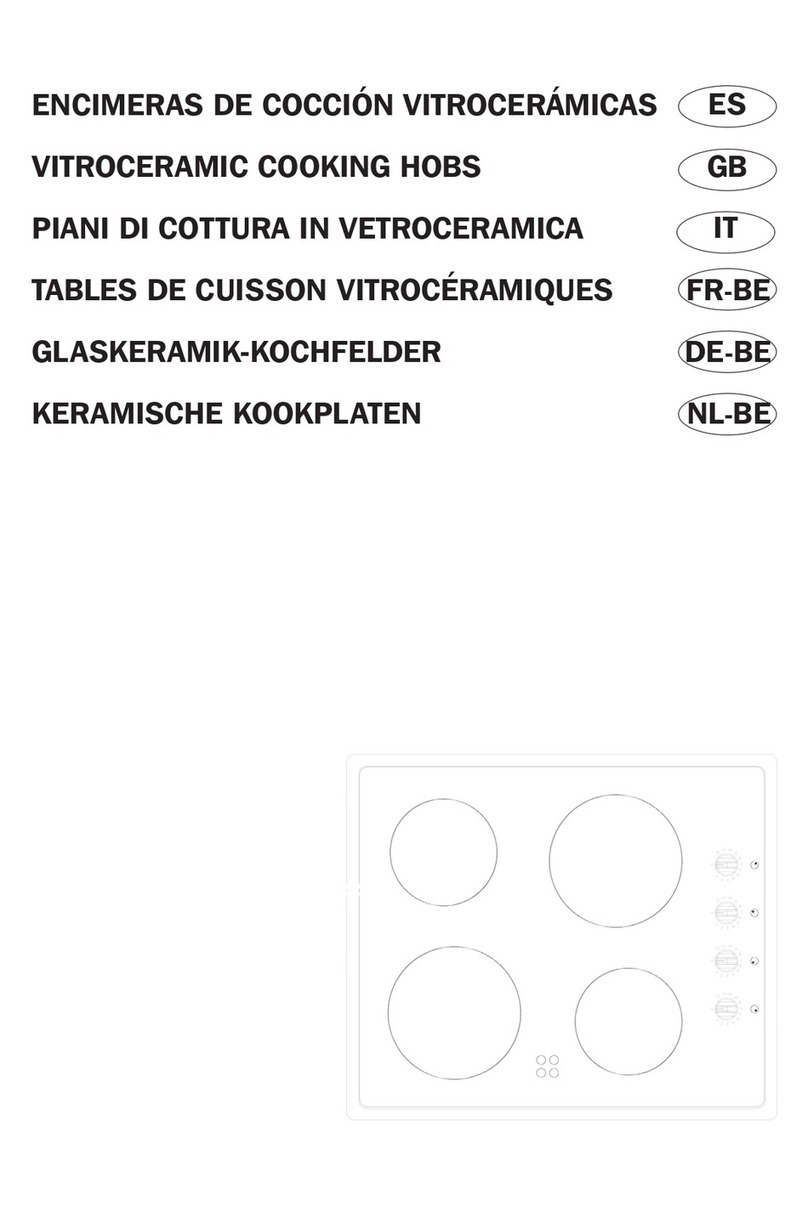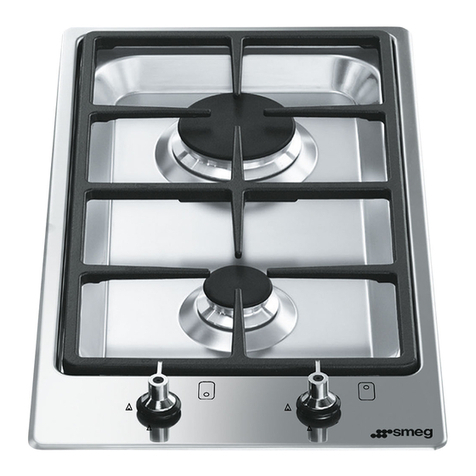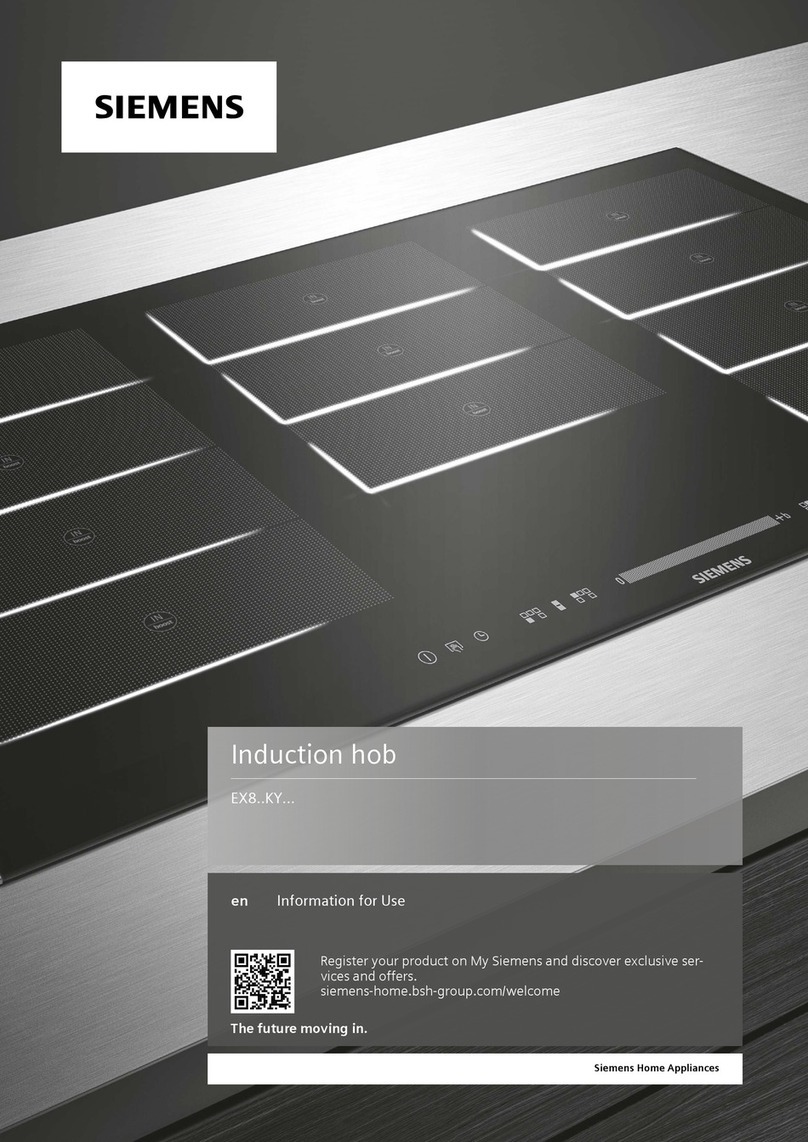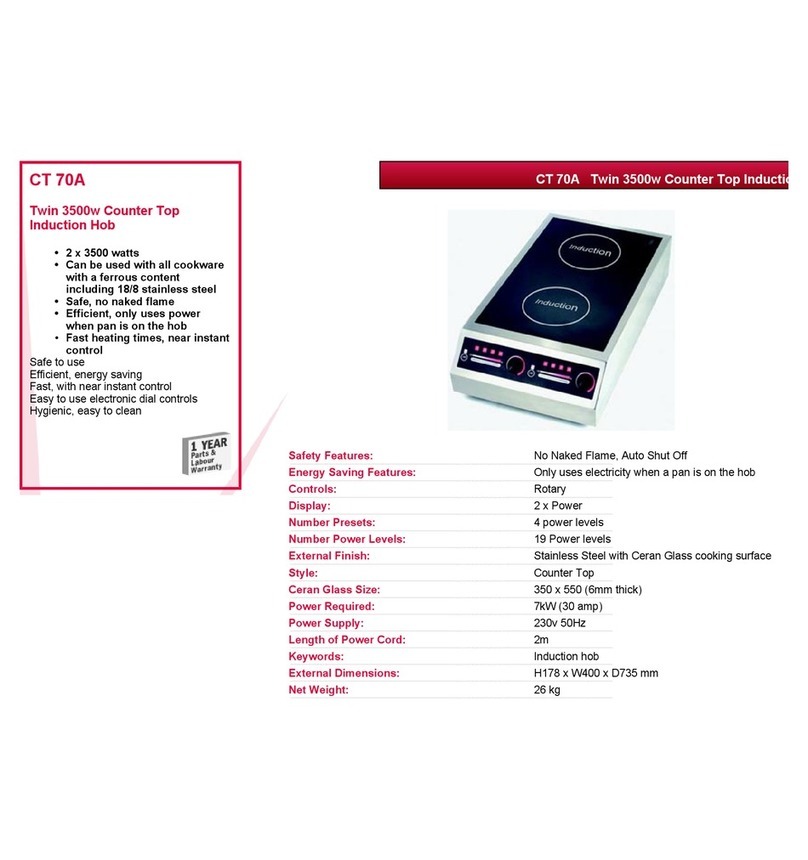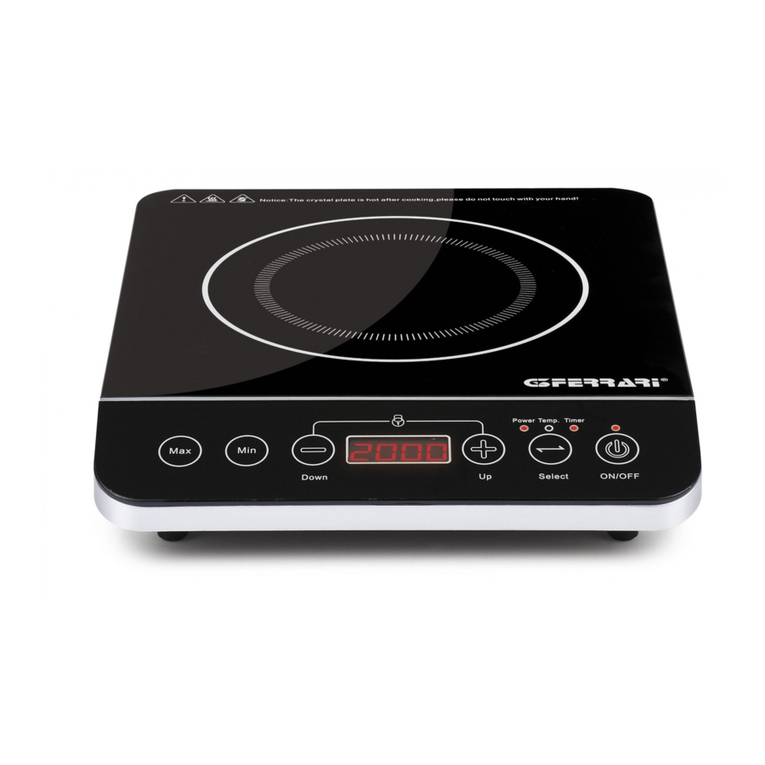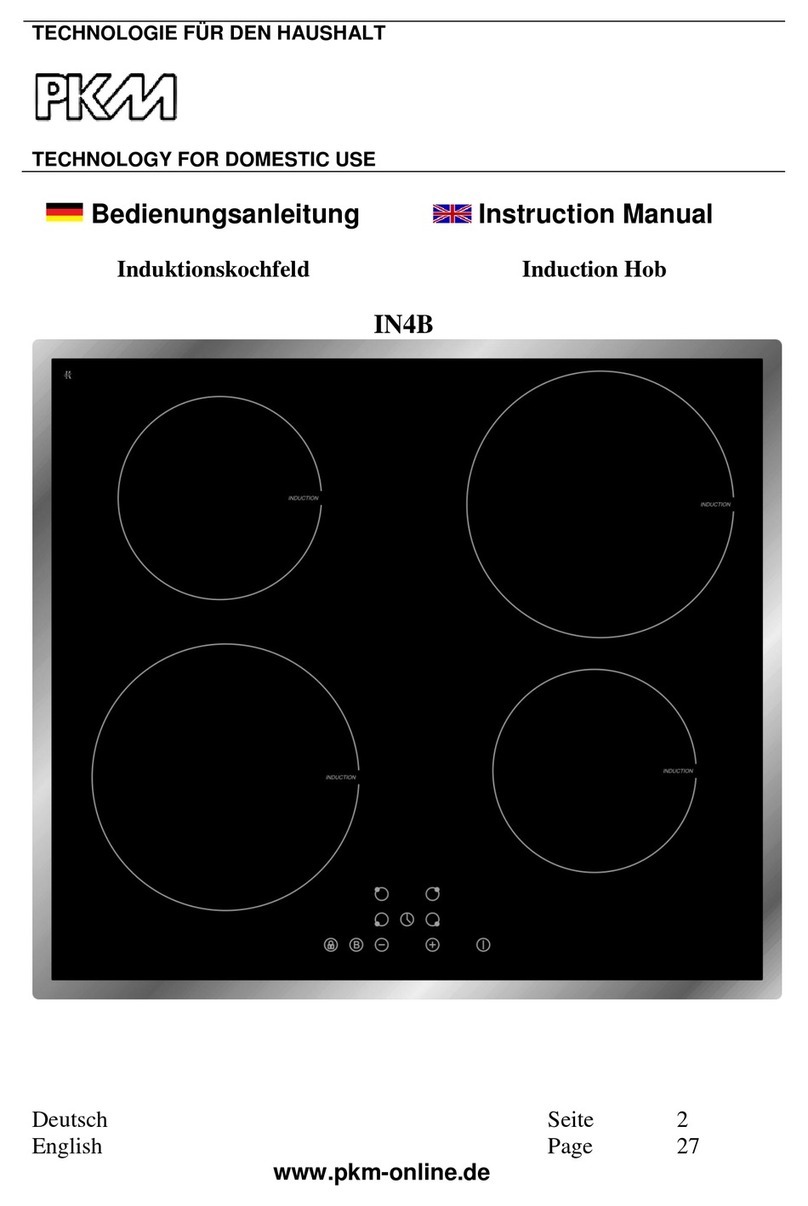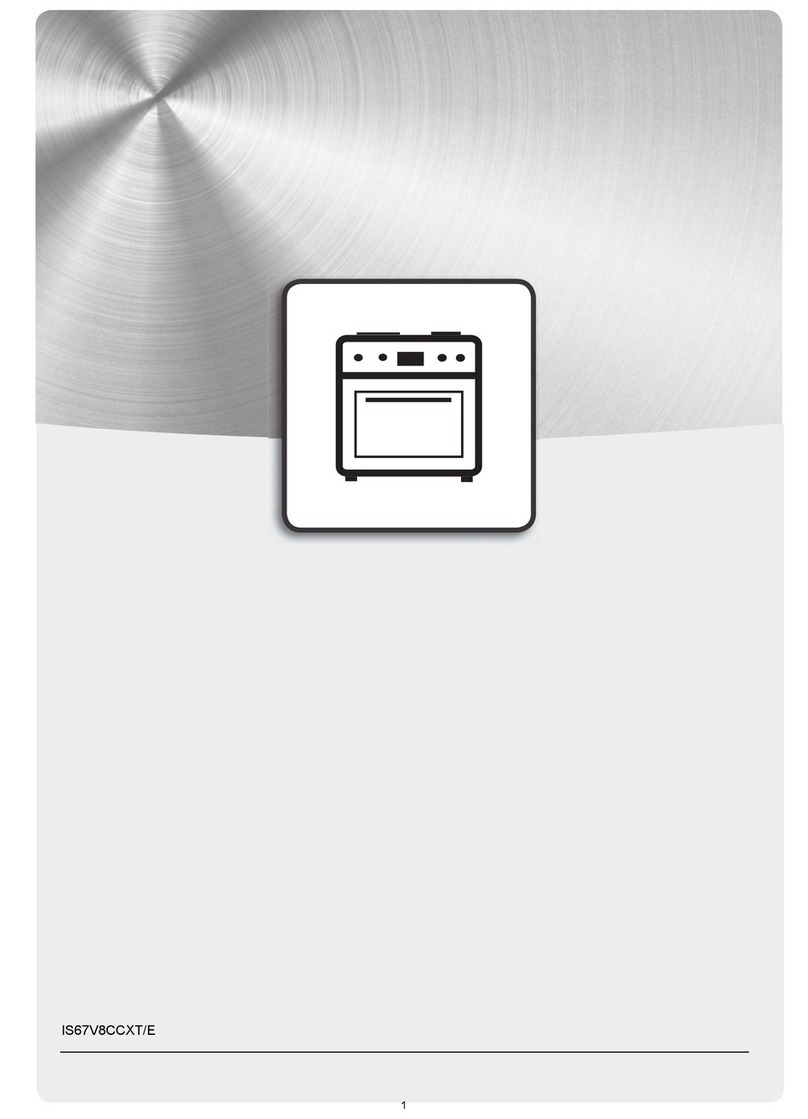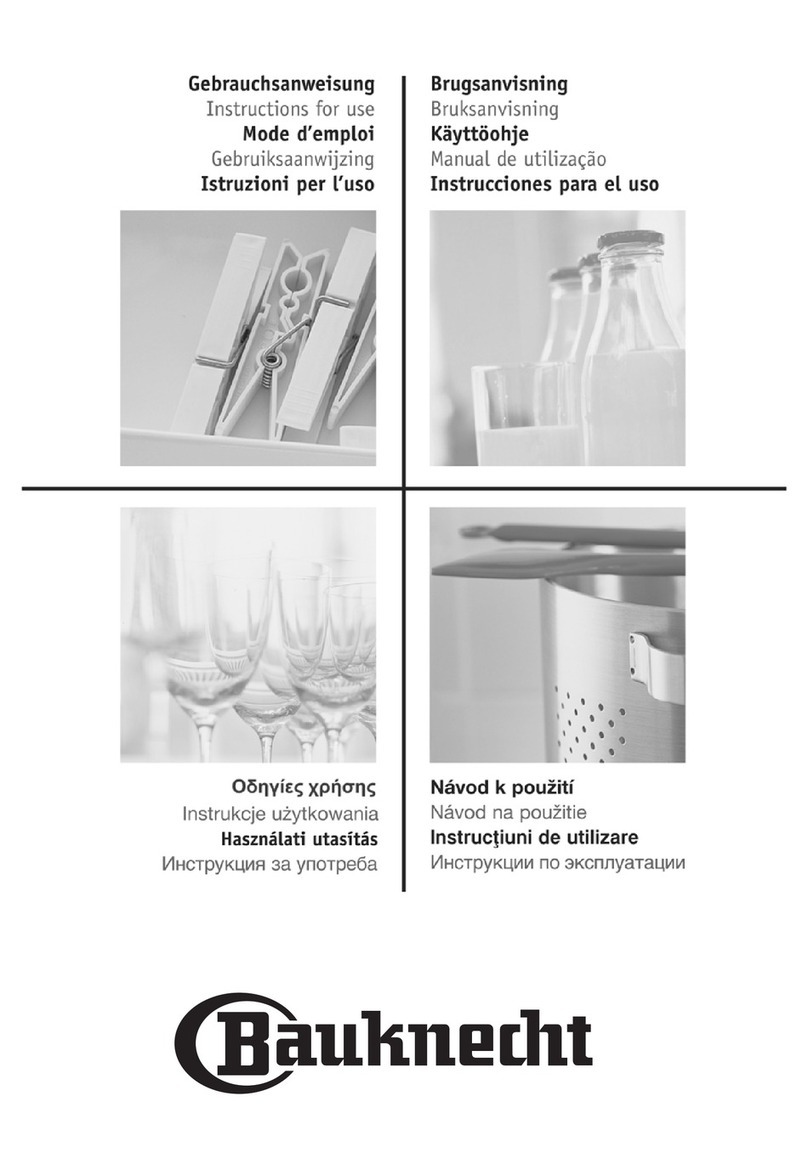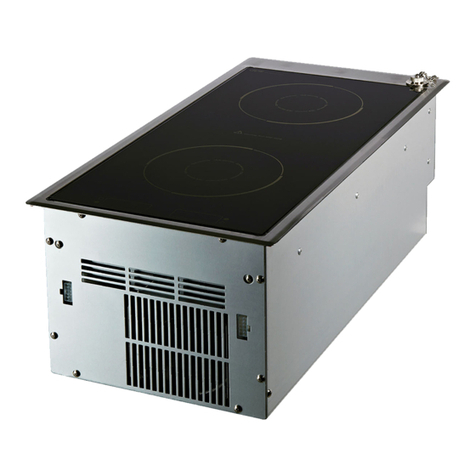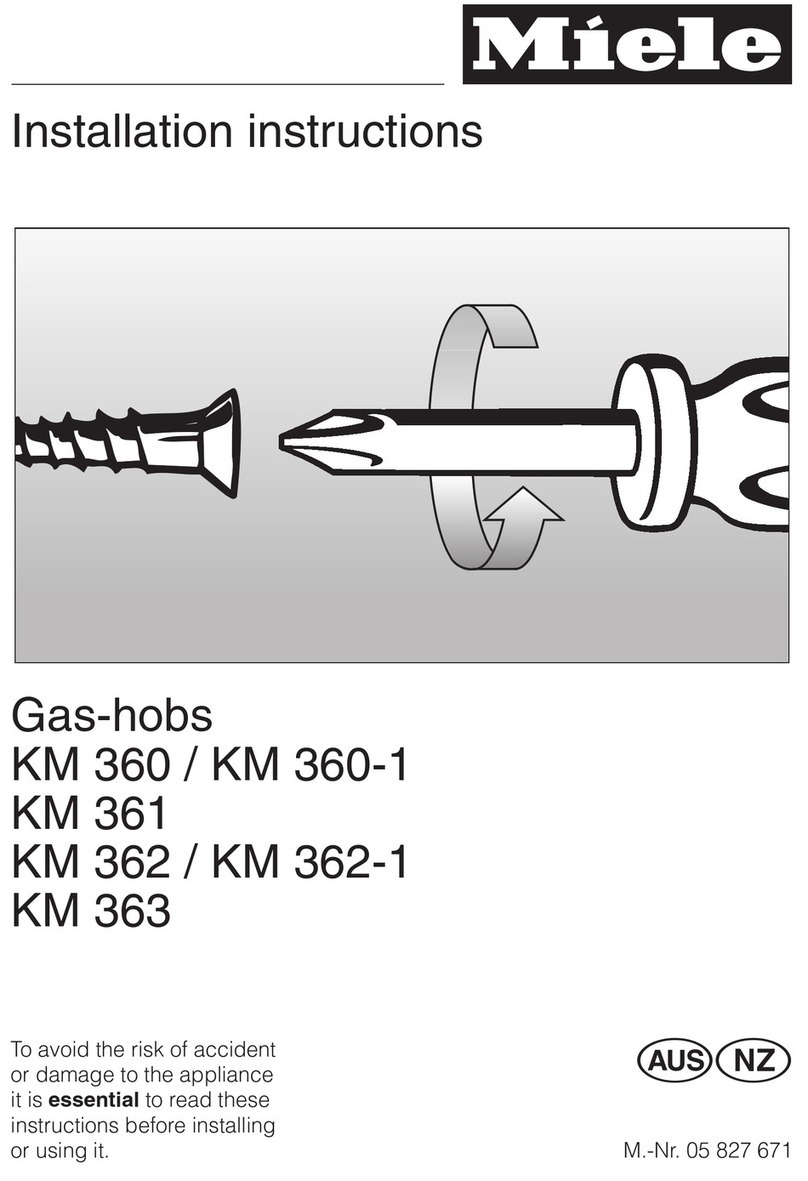
Instructions
4
1 Instructions
1.1 General safety instructions
Risk of personal injury
• Never try to put out a fire or
flames with water: turn off the
appliance and smother the flames
with a fire blanket or other
appropriate cover.
• This appliance may be used by
children aged at least 8 and by
people of reduced physical,
sensory or mental capacity, or
lacking in experience in the use of
electrical appliances, provided
that they are supervised or
instructed by adults who are
responsible for their safety.
• Make sure that the flame-
spreader crowns are correctly
positioned in their seats with their
respective burner caps.
• Be aware of how rapidly the
cooking zones heat up. Do not
place empty pans on the heat.
Danger of overheating.
• Fats and oils can catch fire if they
overheat. Do not leave the
appliance unattended while
preparing foods containing oils or
fats. If fats or oils catch fire, never
put water on them. Place the lid
on the pan and turn off the
relevant cooking zone.
• Cooking process should always
be kept under control. A short
cooking process must be
continuously surveyed.
• While cooking do not place
metal objects, such as cutlery or
dishes on the hob surface as they
may overheat.
• Do not pour water directly on very
hot trays.
• Do not use aerosols in the vicinity
of this appliance whilst it is in use.
• Switch off the appliance after use.
• Do not modify this appliance.
• Do not try to repair the appliance
yourself or without the intervention
of a qualified technician.
• Do not pull the cable to remove
the plug.
• If the power supply cable is
damaged, contact technical
support immediately and they will
replace it.
Risk of damaging the appliance
• Do not use steam jets to clean the
appliance.
• Do not use rough or abrasive
materials or sharp metal scrapers.
• Do not use cleaning products
containing chlorine, ammonia or
bleach on parts made of steel or
that have metallic surface finishes
(e.g. anodizing, nickel- or
